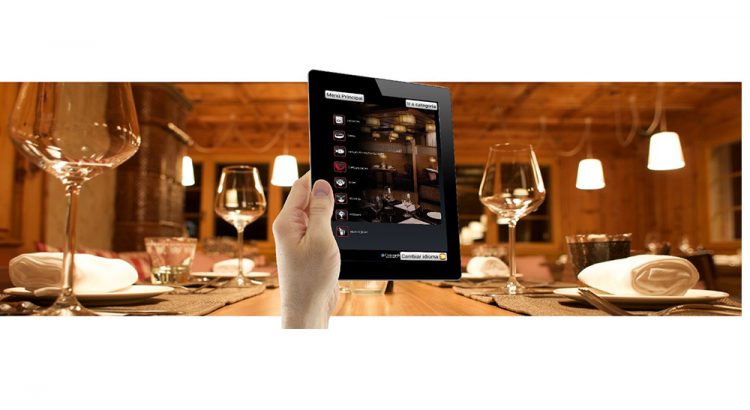Industrial LCD Touchscreen Monitors for Self Service
The use of industrial grade LCD touchscreen monitors have been commonplace for well over a decade, but their appeal and ease-of-use is prompting an even wider expansion of implementation to most everywhere in daily life. In the food and beverage industry, Panera Bread reported in 2016 that 60 percent of its lunchtime transactions are completed on touchscreen terminals, and other big chain restaurants like Wendy’s and McDonald’s are quickly adopting this self serve method at their locations as well. If you visit any Buffalo Wild Wings, you’ll be greeted by a self-service ordering and entertainment kiosk at your table. Allowing customers to order and customize their own meal orders on LCD kiosks without waiting in lines and at their own pace has not only seen improvements in accuracy and satisfaction, but it also allows the retailer to unobtrusively offer additional items to add on to the meal. Having some entertainment built in also keeps customers engaged and happy while they wait on their food.
Most every casino has industrial touchscreen gambling at every seat that isn’t forded by a live dealer, and soon enough, deluxe seats at sporting events will have small kiosks to order from wait staff. We use industrial touchscreen LCD monitors to check in our luggage at the airport, get directions and information in stores, and to fill out forms at doctor’s offices. A Forrester study found that 74 percent of consumers who have used an in-store kiosk reported it was useful to them.
These industrial LCD monitors go through unbelievable amounts of wear and tear on a daily basis and are expected to hold up for years of continued twenty four operation. As the technology for sensitivity and accuracy of the touchscreens have improved over the years, so has the effort to create durable, rugged, and long lasting industrial grade LCD monitors to withstand both daily pummeling and environmental or temperature changes. High quality industrial LCD monitors are built with a stainless steel or cast aluminum chassis that is highly protected against any liquid or contaminant intrusion. The enclosures are often rated at an IP66 or higher and can withstand directed sprays of water, spilt drinks on the gambling or dinner table, oils from hundreds of finger touches, and food splatters. The protection on an industrial LCD monitor is also rated at a NEMA 4 or better, ensuring addition protection against corrosion and external formation of ice on the enclosure. The wiles of weather and temperatures are kept at bay by the protected enclosure, offering a range of safe operation from -4 – 140°F (-20 – 60°C).
The touchscreen display on an industrial LCD monitor is typically either 4 or 5-Wire resistive touch or PCAP capacitive multi-touch. Different levels of brightness are available on industrial LCD monitors depending on whether it needs to be daylight readable or sunlight readable. When a kiosk is outdoors, it’s extremely important that the screen be readable in the sunlight and that the screen will not experience burning from direct UV sunlight. There’s a lot that goes into the construction of a high quality industrial LCD monitor, but the pace of life and the adoption of kiosks and touchscreens everywhere demands it. As consumers get more and more used to using them, businesses and retailers won’t be able to afford downtime on their computer systems. With something as handled as often as the touchscreen monitors are, cheap alternatives are just not a viable answer.
